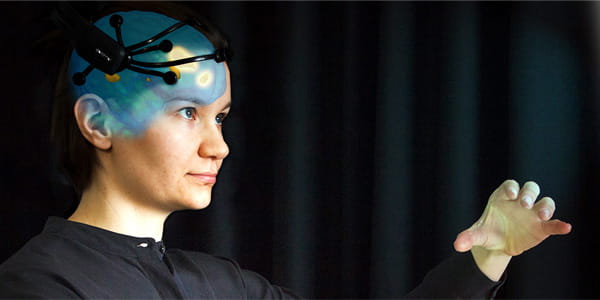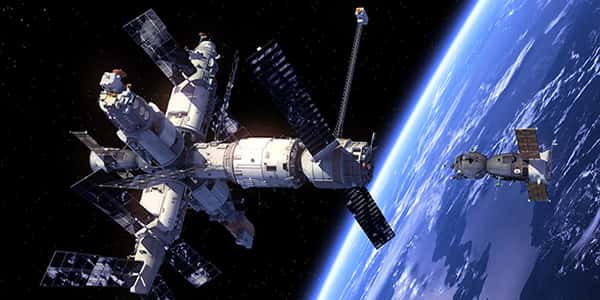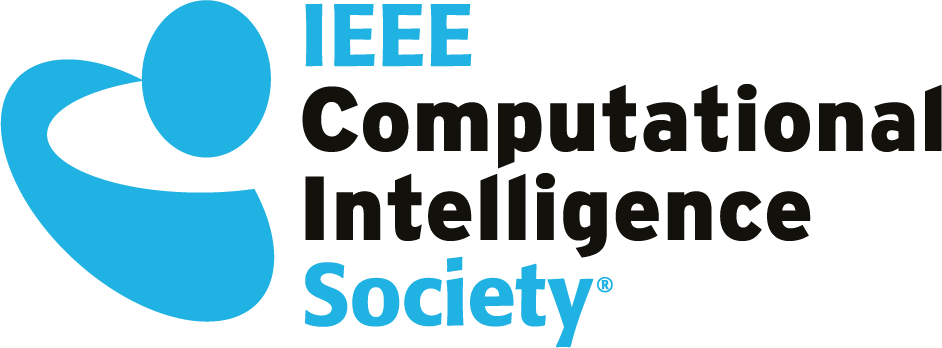Scope and Motivation
In an expanding world with limited resources and increasing complexity, optimisation and computational intelligence become a necessity. Optimisation can turn a problem into a solution and computational intelligence can offer new solutions to effectively make complexity manageable.
This special session collects the many diverse research of CI to space and aerospace problems.
All this is particularly true in space and aerospace where complex systems need to operate optimally often in harsh and inhospitable environment with high level of reliability. In Space and Aerospace Sciences, many applications require the solution of global single and/or multi-objective optimization problems, including mixed variables, multi-modal and non-differentiable quantities. From global trajectory optimization to multidisciplinary aircraft and spacecraft design, from planning and scheduling for autonomous vehicles to the synthesis of robust controllers for airplanes or satellites, computational intelligence (CI) techniques have become an important – and in many cases inevitable – tool for tackling these kinds of problems, providing useful and non-intuitive solutions. Not only have Aerospace Sciences paved the way for the ubiquitous application of computational intelligence, but moreover, they have also led to the development of new approaches and methods.
In the last two decades, evolutionary computing, fuzzy logic, bio-inspired computing, artificial neural networks, swarm intelligence and other computational intelligence techniques have been used to find optimal trajectories, design optimal constellations or formations, evolve hardware, design robust and optimal aerospace systems (e.g. reusable launch vehicles, re-entry vehicles, etc.), evolve scheduled plans for unmanned aerial vehicles, improve aerodynamic design (e.g. airfoil and vehicle shape), optimize structures, improve the control of aerospace vehicles, regulate air traffic, etc.
In particular evolutionary methods specifically devised, adapted or tailored to address problems in space and aerospace applications or evolutionary methods that were demonstrated to be particularly effective at solving aerospace related problems are welcome.






